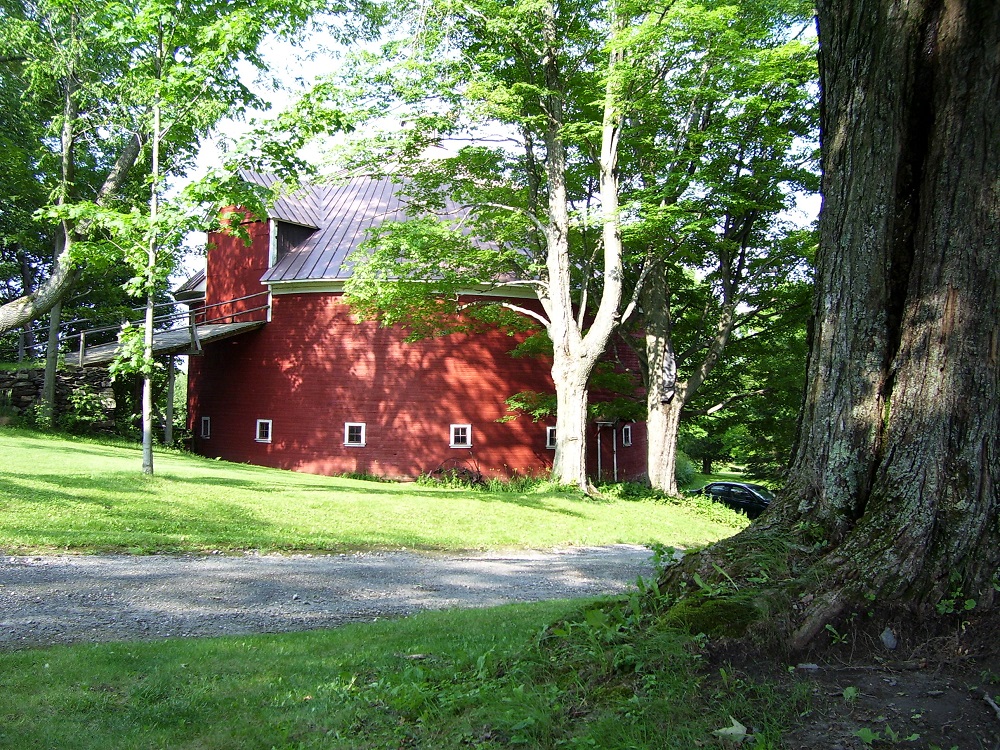In 1792, the Eastern Townships territory, between the St.Lawrence Valley and the American border was officially surveyed. Contrary to the rest of Quebec, the region is divided into townships rather than seigneuries. Each township of some 61,600 acres had to be divided into 11 rows of 28 lots of 200 acres each.
A handful of pioneers had started to clear the land close to the border before 1792, although it was difficult to determine if these lots were actually in Canadian or American soil. Once surveyed, families settled in various townships.
Thus in 1812, 1500 individuals already live in the Township of Barnston. In 1815, there were 200 in the Township of Hereford and 700 in the Township of Compton.
The incredible Indian Stream story let us better understand this segment of our history.
Much interest
Mainly from New England States, pioneers settled close to the American border, in the Townships of Stanstead, Barnston, Barford and Hereford. In contrast with other regions’ settlements, they did not come for political reasons as did the Loyalists, but rather to take advantage of fertile and available lots. They brought their culture, their language, their lifestyle, their agriculture and their religion. Today, traces from this era are still present throughout houses, cemeteries, village core and several Protestant churches built in the 19th century.
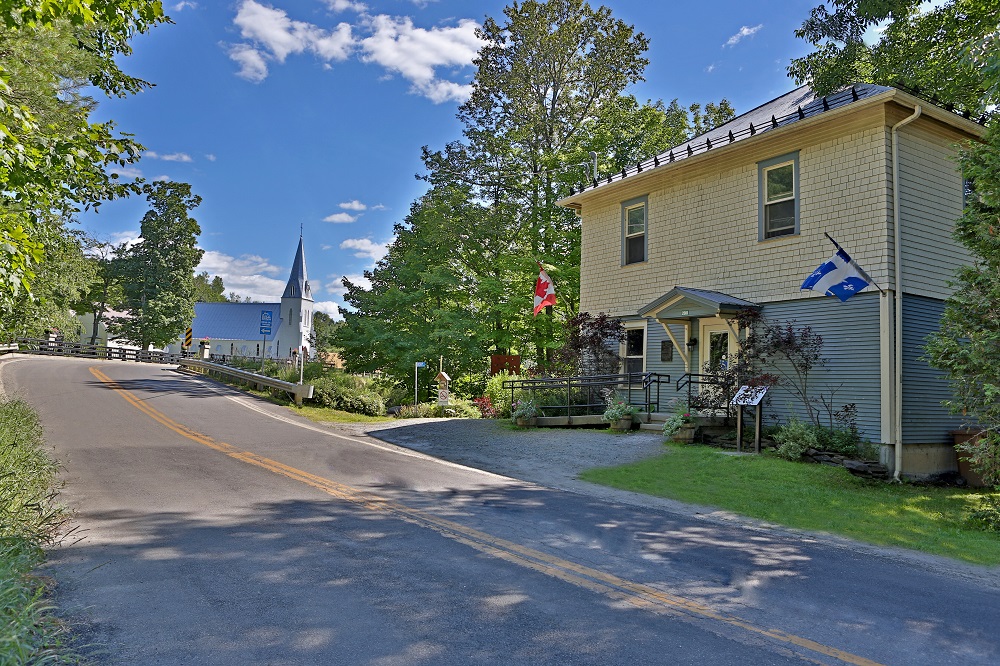
In other cases, lands were assigned to immigrants from Great Britain, drawn by the British American Land Company publicity campaigns, designed to encourage British immigration to the Eastern Townships.
Entrepreneurial spirit
Sectors close to main watercourses develop rapidly. Those close to Coaticook and Moe rivers see mills and other functional facilities being erected, also due to hydraulic power.
Sectors crossing the railroad are booming. As early as 1953, the construction of the railroad linking Montreal to Portland, Maine, favors their development at the expense of further sectors. This is how Coaticook grows faster than Barnston Corner, a commercial sector until then. For this reason, as well as for hydro-electricity, Coaticook and Waterville benefit from an important industrial boom.
To find out more about the figures who were instrumental to the community’s development, follow The Pioneers’ Trail where they relate their role in history.
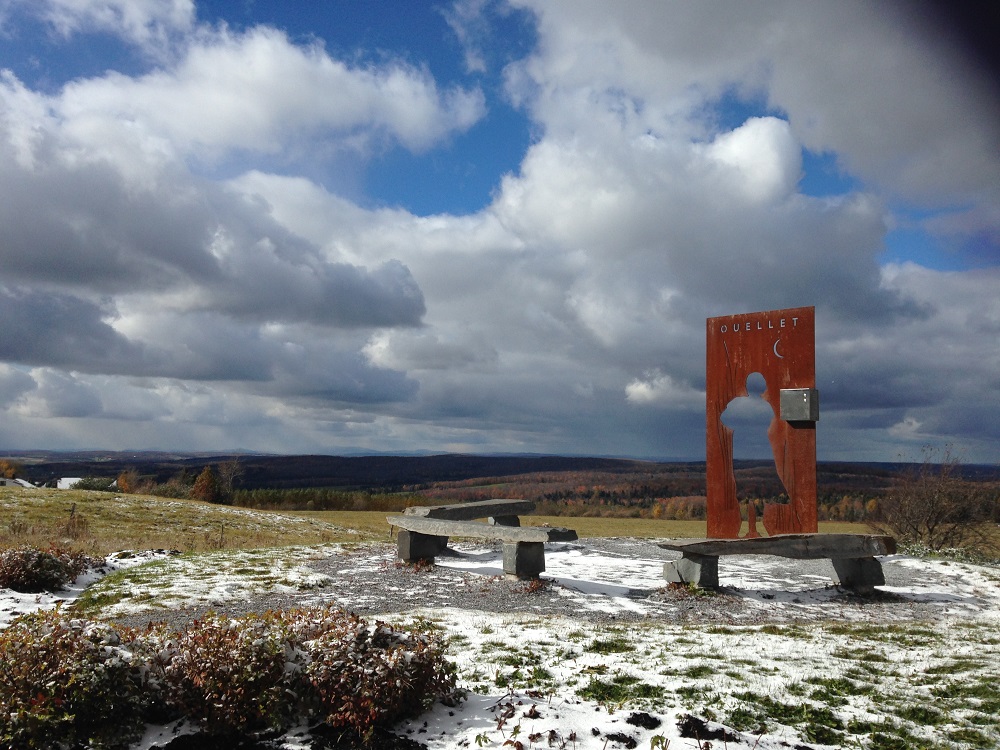
The birth of a territory
Around 1850, when British and American immigration subsides, French-Canadians from Beauce start out on the railroad to settle in Eastern Townships. Several Catholic parishes are created, namely Sainte-Edwidge-de-Clifton, Saint-Malo and Saint-Venant-de-Paquette. The population doubles in all eight townships by the mid-19th century.
This is particularly striking in the municipality of de Saint-Venant-de-Paquette, Township of Hereford. Mass arrival of Beaucerons is a consequence of allocation of land by Flavien Paquette, who, as early as 1861, sells them for a small amount, providing they clear the land. The parish is founded a year later.
Several municipalities are created as early as 1860. For example, Coaticook will officially become a municipality in 1864. Dixville, once Drew’s Mills, incorporates in 1874. Waterville will follow in 1876, Compton in1893 and Saint-Herménégilde, in 1903.
Agriculture being the central economic activity on the territory, Coaticook and Compton stand out for their industrial character after the railroad was built. Today, all municipalities have kept their rural aspect, although Coaticook, as much as Compton and Waterville are considered partially urban.
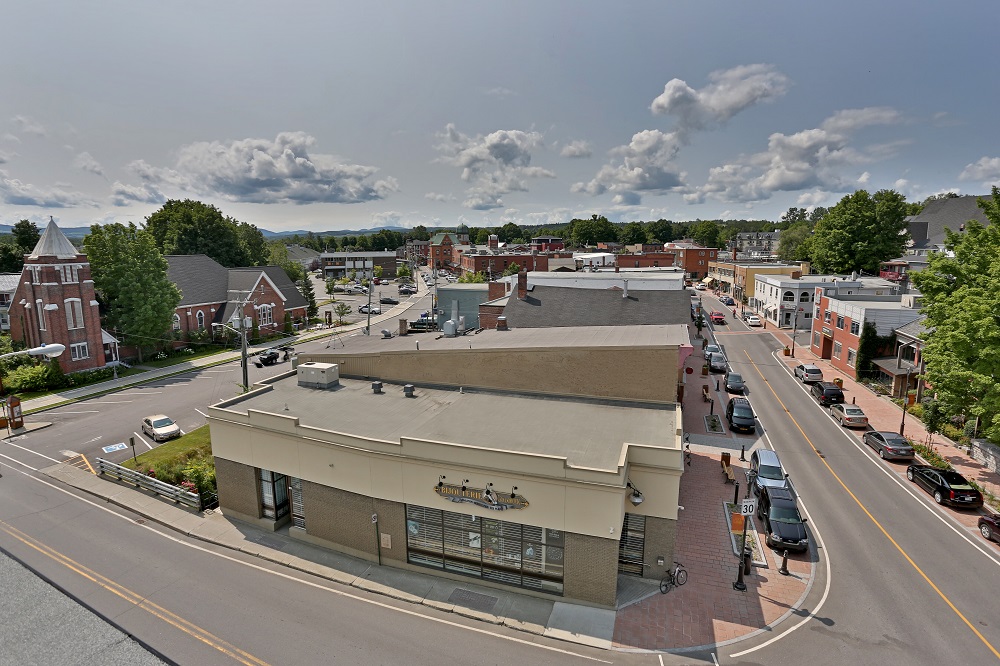
A winning formula
The Coaticook River Valley is located 150 km east of Montreal and 250 km south of Quebec City. Close to Sherbrooke, Magog and the American border, it still distinguishes itself by its agriculture and bucolic landscapes.
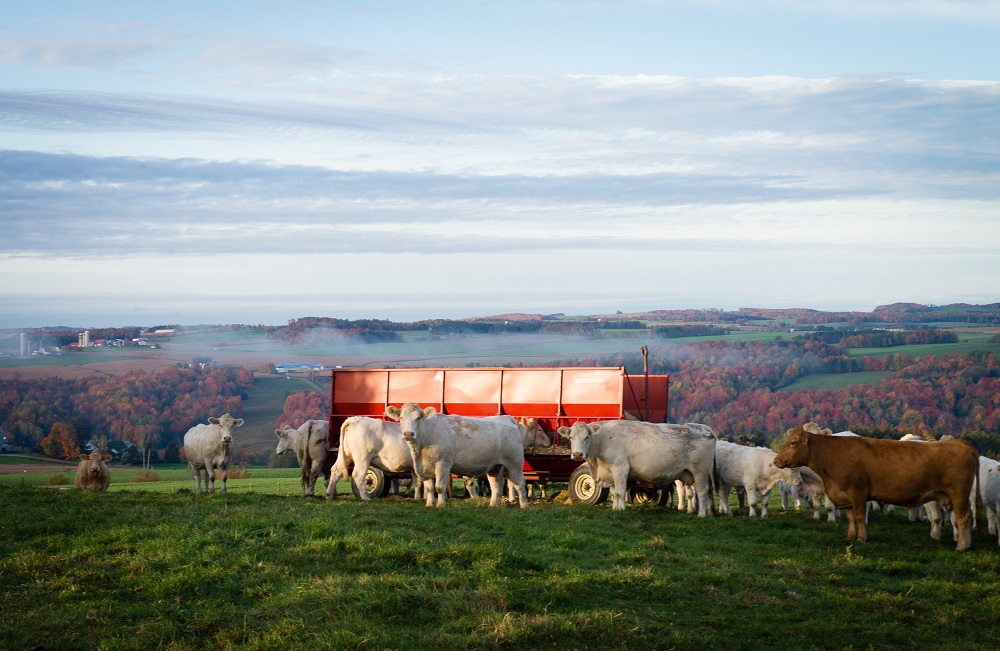
With over 700 solid businesses and service providers, 570 farm and 65 industries of 7 sectors of activity, there are plenty of jobs on offer in the Coaticook River Region. You may visit the region’s businesses map. You will be directed to the respective websites to discover career opportunities.
With 13 public and private schools, a 24-hour emergency hospital, a family practice clinic, day camps, financial institutions, public transit, a community’s volunteer center and several community centers, the region’s population benefits from numerous services.
With seven libraries, museums, concert halls, sport centers, arena, golf courses, 35 parks and green spaces, in addition to 50 km hiking trails, 70 km mountain biking and a 41-km navigable network, residents and visitors are never bored, winter or summer.
The region’s history is constantly recalled, highlighting the respect and the memory of its founders.
The Coaticook River Valley is more than a region. It is also a close-knit community.

Coaticook in a few dates
1818 –Richard Baldwin Senior, from Barnston Pinacle clears a parcel of land where Coaticook city hall will be built later. Richard Baldwin son, builds the first permanent residence at this place.
1840 – Marcus Child, first true merchant, settles. He inaugurates the post office and names it Coaticook. He plays an important role in politics.
1848 – The mayor, Samuel Cleveland, builds the first distillery. Alcohol
knows peak years in Coaticook, especially during prohibition.
1852 – Construction of the St.Laurence
& Atlantic Railway. Coaticook competes with Stanstead for this railway. Finally,
Richard Baldwin son’s obstinacy established the balance firmly in favour of a
path to cross his municipality.
1860 – Arrival of Lewis Sleeper and his family. The prosperous businessman
is elected mayor. Frank Henri Sleeper, his nephew, a prolific inventor, allows
Arthur Osmore Norton to make a fortune, thanks to a ball jack to shunt the
trains.
1864 – The village of Coaticook
incorporates. City Hall is built for $2500.
1895 – A gigantic fire destroys downtown retail outlets, corner Child and Main.
1912 – Arthur Osmore Norton builds his dream house, the Norton Castle.
1927 – The municipality purchases the aqueduct from The City Water Co., for $150,000.
1934 – A drought lasts during that summer and crops are badly affected. Nevertheless, we celebrate the arrival of the first pioneer one hundred year before, and the downtown area is lit free of charge during the holidays.
1949 – Another major fire ravages part of downtown, including Hôtel Child and Saint-Jean-l’Évangéliste church.1976 – Beaulne Museum settles inside Norton Castle.
1976 – Beaulne Museum settles inside Norton Castle.
To discover more:
